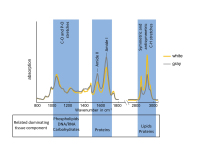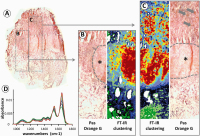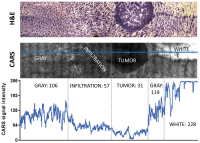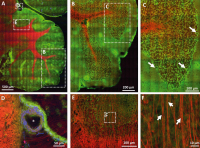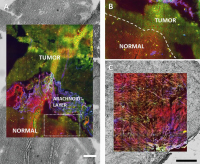| Uckermann O et al. | ||||||||||||||||||||||||||||||||||
|---|---|---|---|---|---|---|---|---|---|---|---|---|---|---|---|---|---|---|---|---|---|---|---|---|---|---|---|---|---|---|---|---|---|---|
|
Optical Biochemical Imaging: Potential New Applications in Neuro-Oncology
European Association of NeuroOncology Magazine 2014; 4 (1): 20-26 PDF Summary Figures
|
||||||||||||||||||||||||||||||||||

Verlag für Medizin und Wirtschaft |
|
||||||||
|
Figures and Graphics
|
|||||||||
| copyright © 2000–2025 Krause & Pachernegg GmbH | Sitemap | Datenschutz | Impressum | |||||||||
